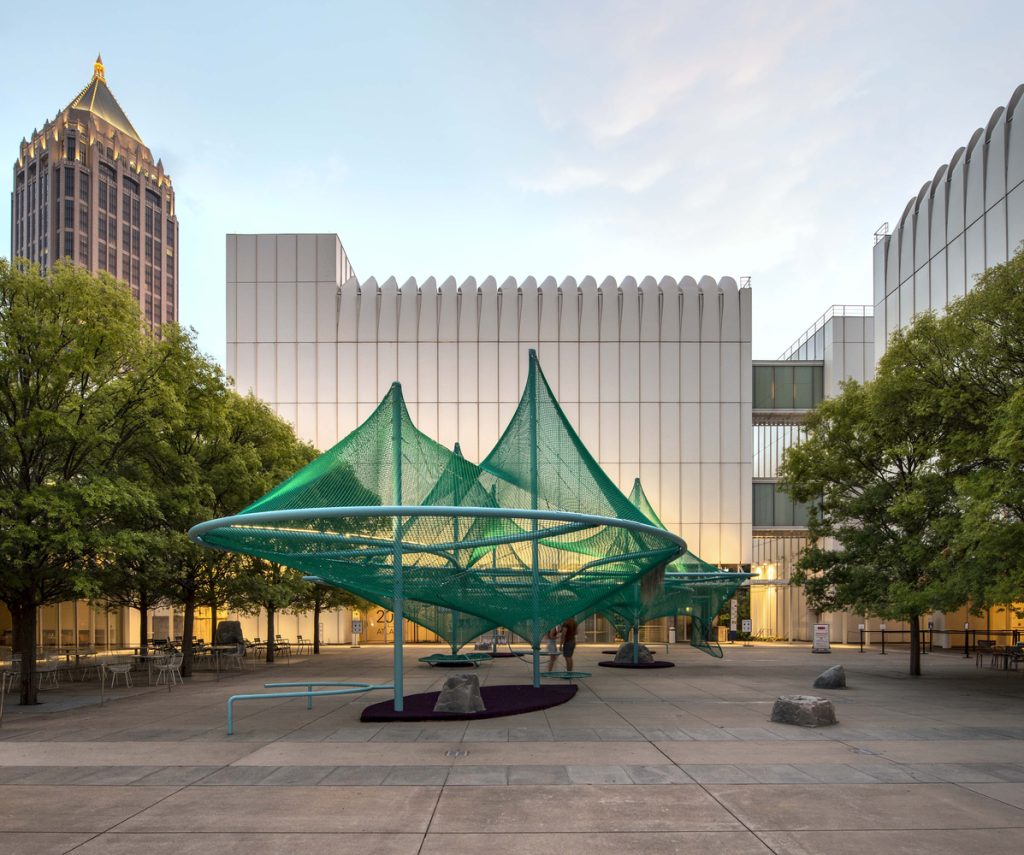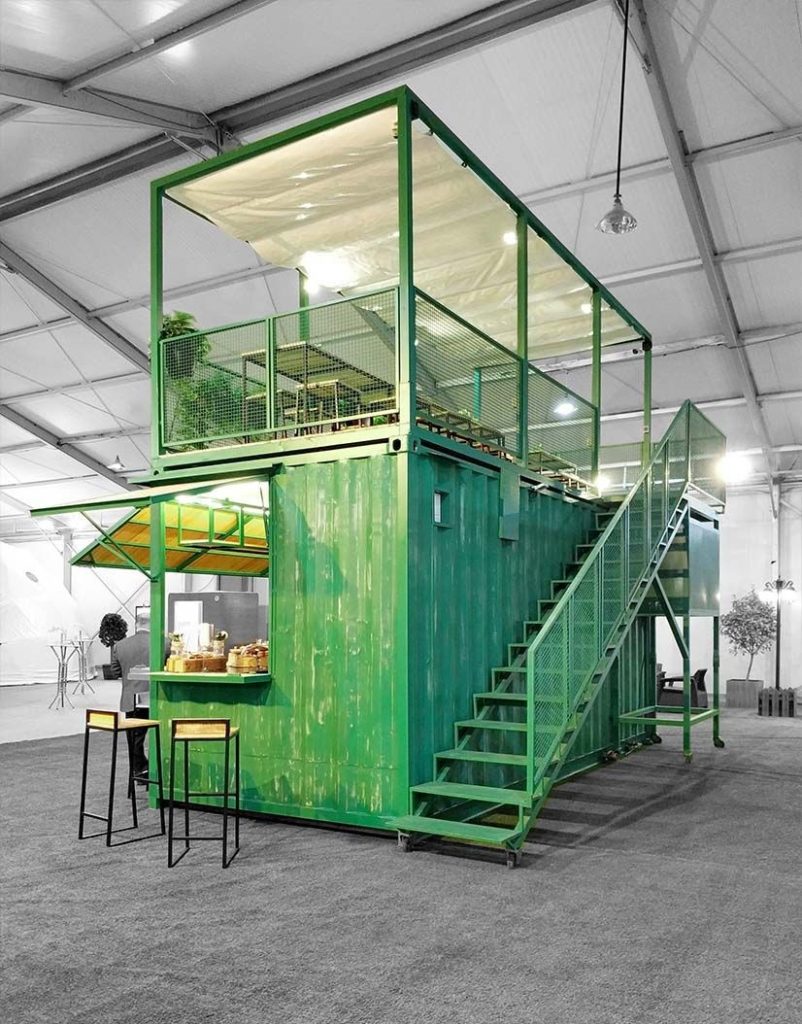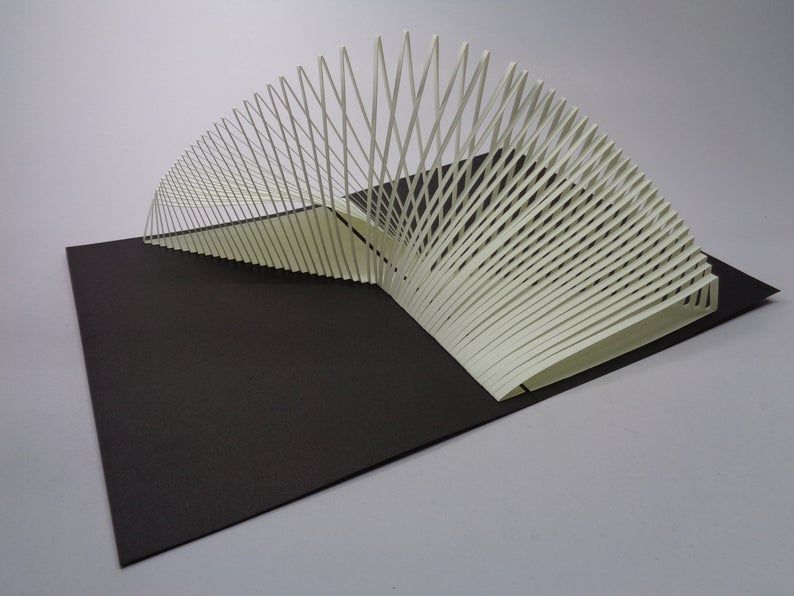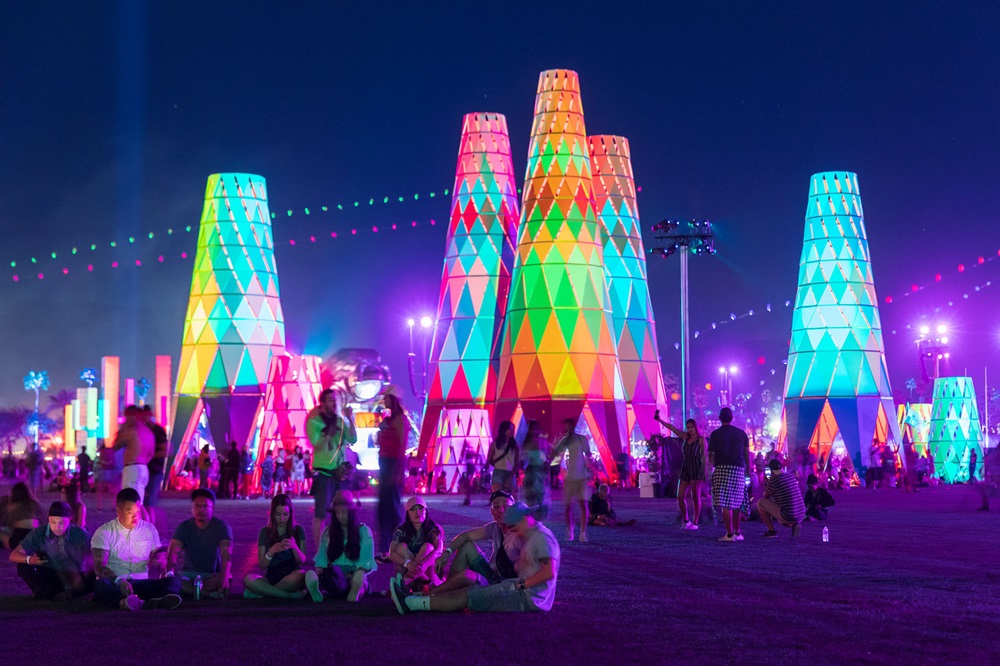Pop-up and temporary architecture describe constructions made and planned with a brief or transient function in mind. These constructions are frequently distinguished by their ease of assembly, flexibility, and mobility. They have a variety of uses, including experimental art installations, emergency shelters, and events and exhibitions.
Architecture is frequently associated with a sense of stability, longevity, and durability, and it is inextricably linked to the location and period in which it was created. But in recent years, the quantity of initiatives for transient and dynamic businesses has emerged as a fresh approach. This kind of design is called temporary pop-up architecture; it can be an enclosure, structure, display, or interactive environment that is flexible, collaborative, and can be adjusted to suit various users, occasions, and persons.
With over half of the world’s inhabitants already residing in cities, these places face the complex and contradictory task of offering their citizens a high-quality living environment while ensuring that the growing population does not result in increased land use or the loss of green space. One important strategy is increasing urban aggregation density while considering space.
People are constantly relocating into more densely populated places, contributing to the expanding urban population. Over 50% of the worldwide population resides in metropolitan areas, a trend that is expected to continue, and these places are responsible for over 70% of the world’s greenhouse gas emissions (GHG). Although the primary driver of climate change is urban life, cities are also particularly vulnerable to its impacts.
Apart from a city’s physical layout and structural density, the temporal dimension becomes essential and can guarantee that cities become more crisis-resistant. However, there is still a need for extensive research and discussion in the field of strategic urban planning regarding transient uses of space and rapid housing solutions.
Fundamentals of pop-up architecture

Temporary buildings are made to be readily put together, taken apart, and moved to new places. They can be utilised for various occasions and goals because of their adaptability. Pop-up structures are frequently utilised for transient occasions, including fairs, marketplaces, concerts, and exhibitions. These constructions offer functional areas that may be altered for particular uses and taken down after the event.
In situations where speedy shelter deployment is required, like in the wake of natural disasters or for temporary housing solutions in refugee camps, temporary architecture is essential. Specific temporary constructions are made sustainably, employing environmentally friendly building supplies and techniques. Furthermore, because they are transient, they have a less long-term adverse environmental impact than typical permanent systems.
Temporary architecture frequently uses inexpensive, lightweight materials that are easy to assemble and disassemble. These materials may consist of recyclable materials, cloth, and modular parts. Retailers can explore new markets, introduce limited-edition products, or communicate with customers in a novel way by using pop-up architecture to construct temporary storefronts or locations.
In art, temporary architecture is commonly utilised for displays and installations. Artists can create immersive visitor experiences by experimenting with non-traditional designs and materials. Temporary buildings could offer more space for guests during significant events, holidays, or get-togethers. When used to bring people together temporarily for seminars, cultural events, or other activities, temporary architecture can be a valuable tool for community participation.
Pop Up Architecture
Pop-up cafés are transient establishments that provide a distinctive and exciting coffee or dining experience. These transitory locations frequently use cutting-edge architecture and design to give patrons an unforgettable experience. Pop-up cafes can be readily moved to other sites because they are typically made to be transportable. Structures on wheels or simple ones to disassemble and rebuild are examples of mobile designs.
Fast assembly and disassembly are made possible by modular construction. The pop-up cafe can be moved more effectively, and the setup procedure can be streamlined by using prefabricated components. Pop-up cafes frequently operate in small or unusual settings, such as vacant sites in the city or outdoor areas. The imaginative use of vertical features, folding structures, or multipurpose furniture can help architects make the most of the available space.

Many pop-up cafes take advantage of outdoor settings, providing a connection to nature or the urban environment. This integration can be achieved through open-air seating, greenery, or transparent materials. Pop-up cafes should be adaptable to different layouts and configurations. This flexibility allows for customization based on the specific location and event requirements. The practice of folding and unfolding paper to create three-dimensional architectural creations is known as pop-up architecture. Pop-up origami architecture, which takes its cues from the traditional Japanese paper-folding craft of origami, creates depth by integrating minute architectural features that change as the form is altered.
Various origami folding techniques are used in pop-up origami architecture to produce complex and complicated representations of bridges, buildings, and other structures. These methods could involve wrinkles, reverse folds, and valley and mountain folds. Layers of paper are layered to produce depth and dimension, one of the distinctive characteristics of pop-up organic architecture. As the layers are revealed, the many components of the architectural structure are shown.

A template or pattern that directs folding and cutting is frequently the first step in pop-up organic architecture. The instructions needed to create particular architectural forms are included in these templates. Pop-up models represent various architectural styles, including bridges, cultural buildings, modern skyscrapers, and historical sites. The creator’s creativity and imagination are the only limitations of the design choice.
Architectural Pavilions
Architectural pavilions are transient or permanent buildings frequently used to exhibit experimental architecture, creative concepts, or ideas. In contrast to traditional buildings, Pavilions are usually open-sided structures intended to fulfil particular purposes like exhibition rooms, meeting places, or focal points in public areas.
Because they are transient, architects can test ideas and materials without committing to a permanent structure’s long-term costs. Using pavilions, architects can test cutting-edge concepts, materials, and construction techniques that might not be practical for more conventional structures. This flexibility frequently results in the development of original and ground-breaking designs.
Pop-ups of modern architecture are dynamic representations of contemporary design concepts. They fulfil particular practical and experiential requirements while offering architects and designers a blank canvas to experiment, innovate, and explore modern architectural trends.
Beyond Boundaries: Exploring the Future of Living on Water with Innovative Floating Architecture





